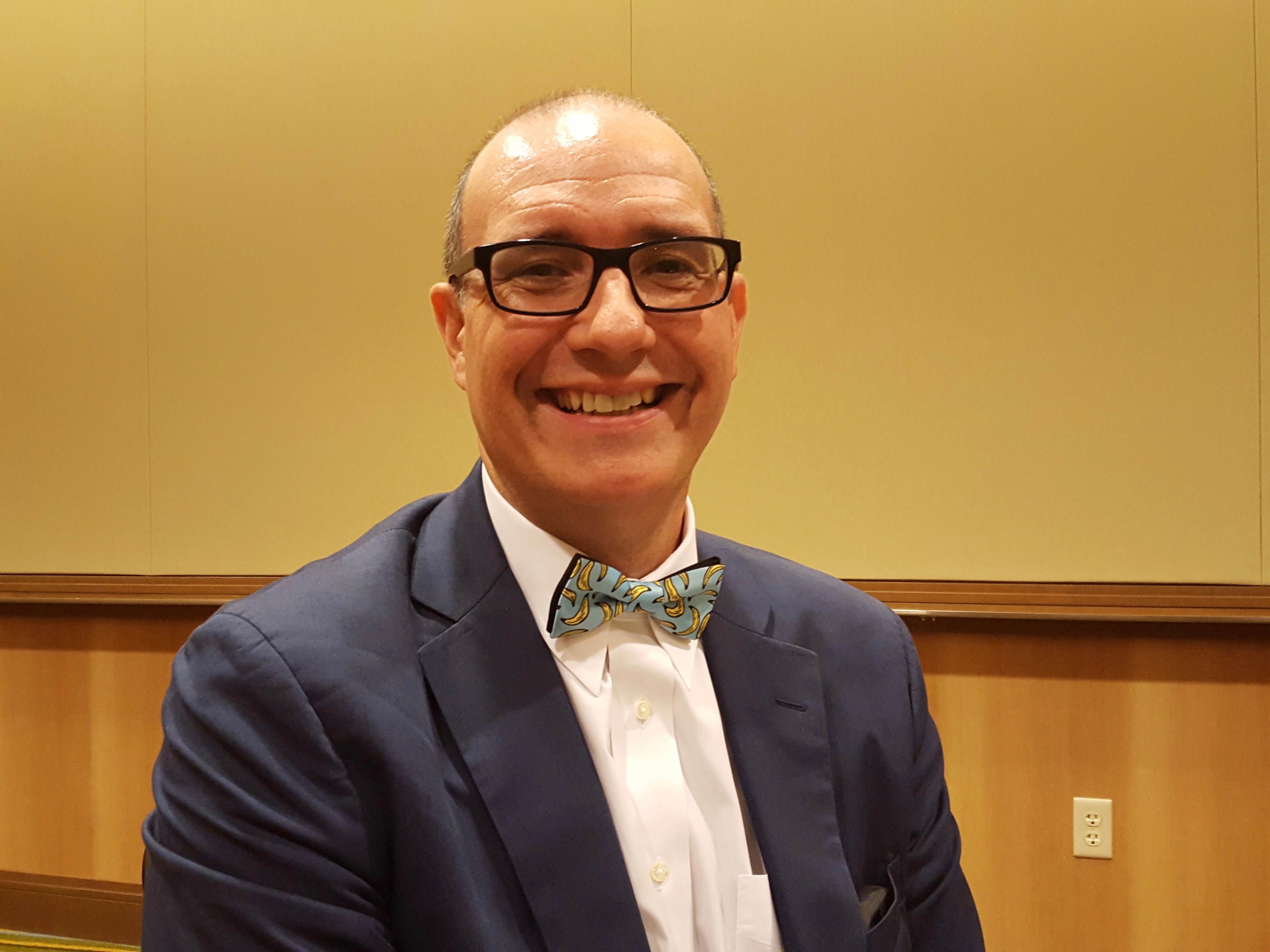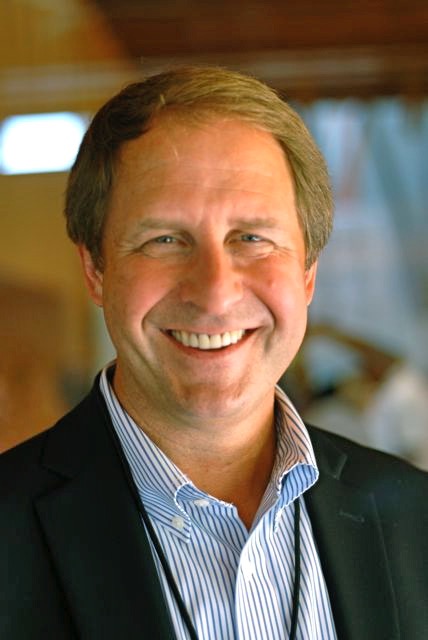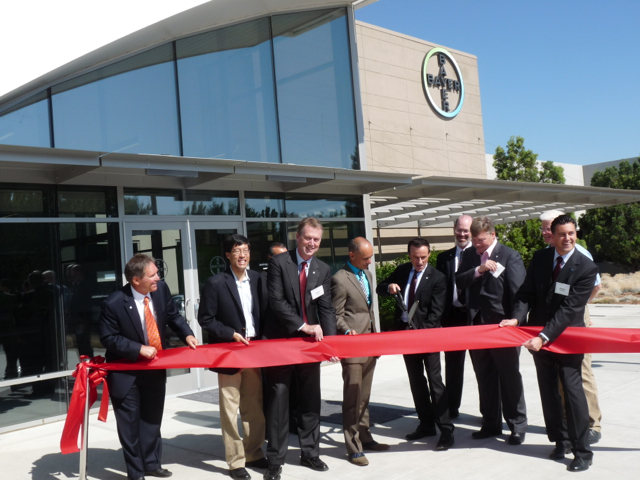BPIA Executive Director Talks Biological Products
Biological Product Industry Meets in Orlando
By Patrick Cavanaugh, Farm News Director
Nearly 200 individuals from the worldwide biological products industry were in Orlando this week for the Fall 2017 semi-annual meeting of the Biological Products Industry Alliance (BPIA).
The two-day meeting featured experts from the EPA, USDA, universities, major U.S.companies such as Nestlé’s and Coca Cola, and others involved in the biological products industry.
BPIA is made up of manufacturers of bio-pesticides, which control pest and diseases, as well as bio-stimulants, which boost the natural defense of plants in the agriculture.
“We’re also marketers, distributors, service providers, anyone who touches the biological industry as we define it,” said Keith Jones, Executive Director of the BPIA.
“There has been tremendous growth in the association,” Jones said. “When I came on board two years ago we were 85 member companies. As I sit here today, we’re 122 member companies, and our companies range from very small, sole proprietors – a couple of folks at some innovative, new technologies – all the way up to the largest agrochemical companies in the world.”
Some biological products, such as B.ts., have been around for more than 50 years, while others, along with bio-stimulants, are very new and innovative. Some aren’t even on the market yet, but many are making their way to market.
“There’s two big drivers for biological,” Jones said. “One is consumer demand. And really, if you look to Europe, they’re about five years ahead of us.”
“The other driver is increased regulatory pressure. Again, Europe is about five years ahead of us. They’re really ratcheting down on a lot of the traditional tools that were available to growers. They’re going away in Europe. I think here in the U.S., you may see some of that as well.”
Jones noted that the BPIA is a big believer in integrated pest management, IPM.
“We never say that biological are the silver bullet. They’re not. They’re most effective when they’re used in conjunction with traditional chemistries,” Jones said.
“The worst time to start a biological is when you’re having a major problem. The best time is to start early. They’re so effective as preventative. They’re really good in tank mixes, used in combination, because they’ll extend the life of traditional chemicals,” Jones said.
Most biologicals have multiple modes of action, so they help with pest resistance.
“They don’t build up the resistance in the same way that they might to a traditional, but by using them together, you can extend the life of that traditional chemistry,” Jones explained.



 ever give up trying to
ever give up trying to  “One of the most interesting things we saw at the meeting,” Schrick noted, “was that we are influenced by people all around us, doctors, lawyers, and our pastors. However in agriculture, the number one influencer is the grower. That really resonated with me and it is true; he is the most credible source, he is the one who produces that food, and he has to make that land he is working on sustainable. He has to make that production come, year after year, after year, and in most cases, he wants to turn that over to the next generation of farmers.
“One of the most interesting things we saw at the meeting,” Schrick noted, “was that we are influenced by people all around us, doctors, lawyers, and our pastors. However in agriculture, the number one influencer is the grower. That really resonated with me and it is true; he is the most credible source, he is the one who produces that food, and he has to make that land he is working on sustainable. He has to make that production come, year after year, after year, and in most cases, he wants to turn that over to the next generation of farmers.










